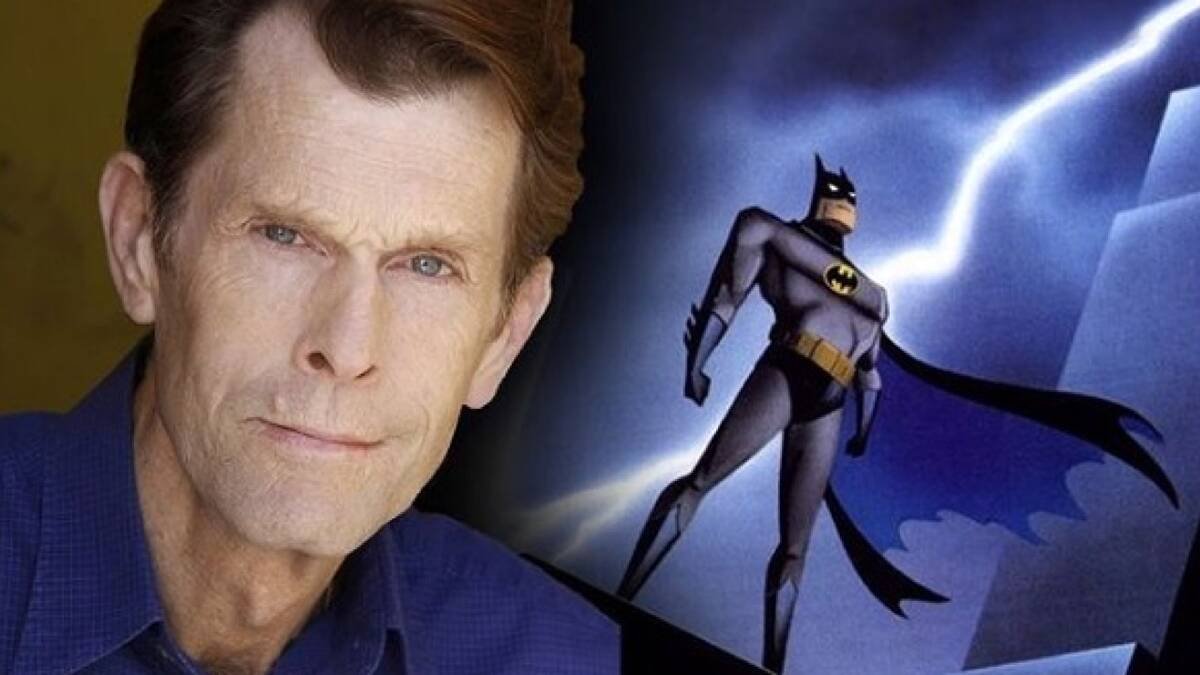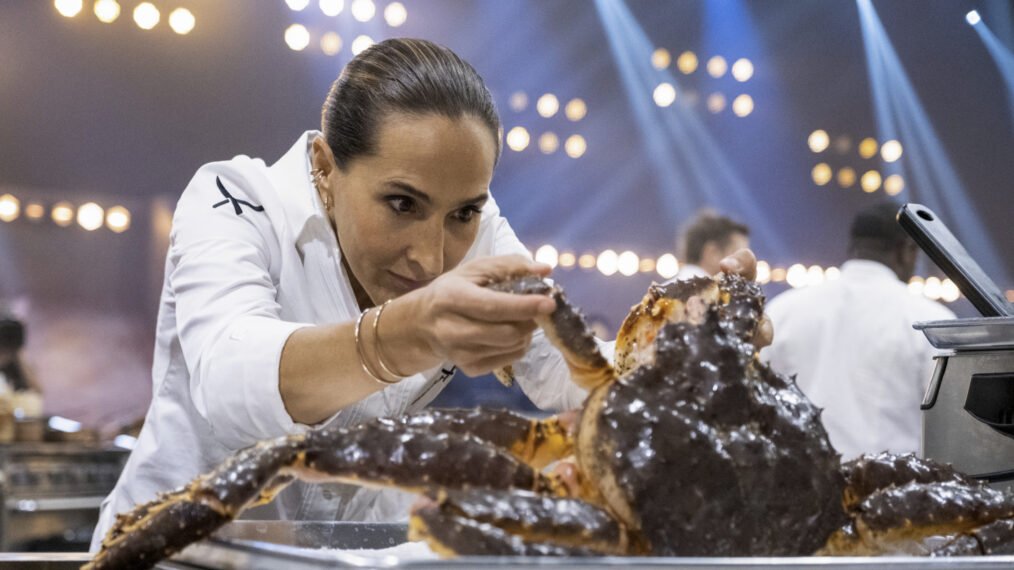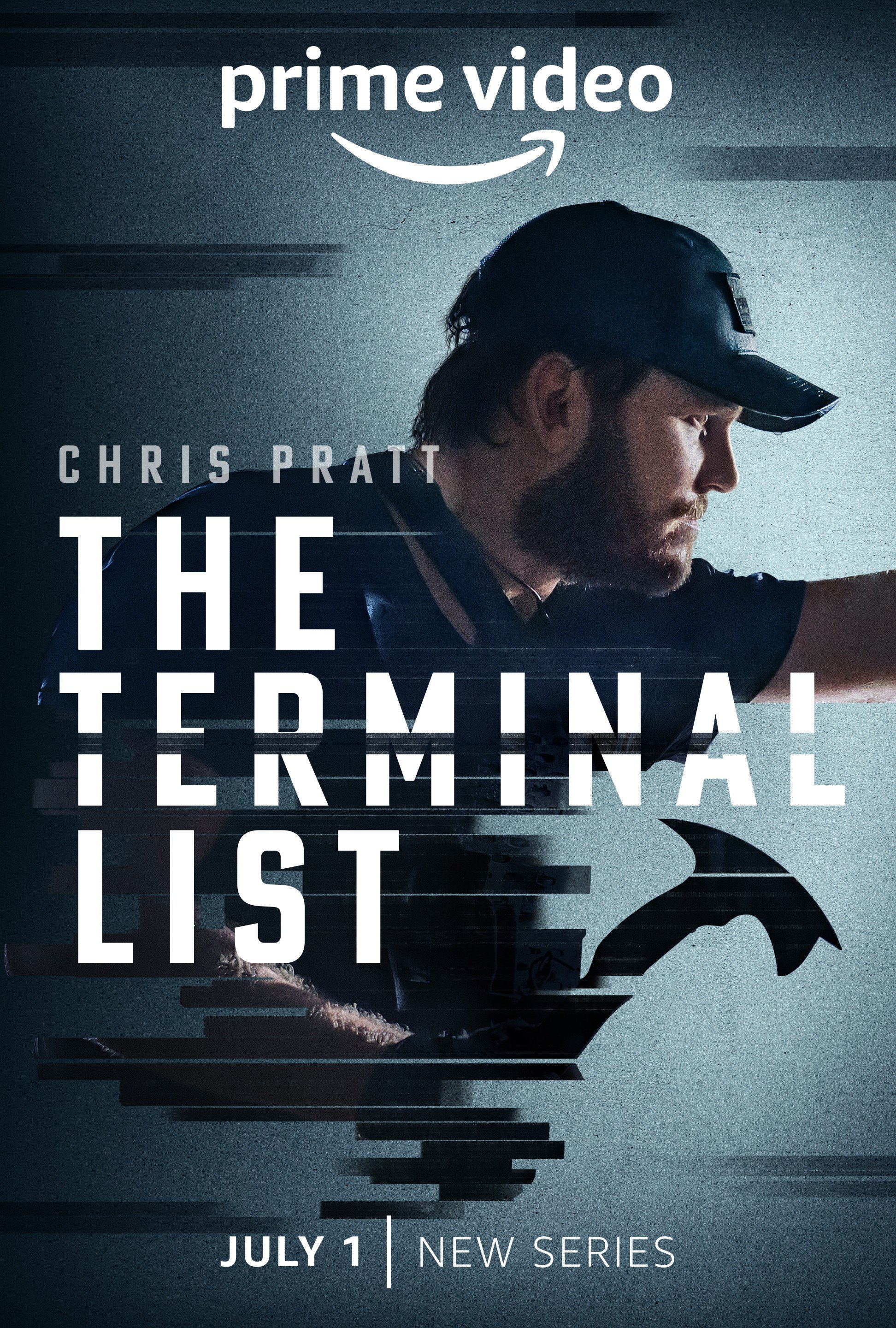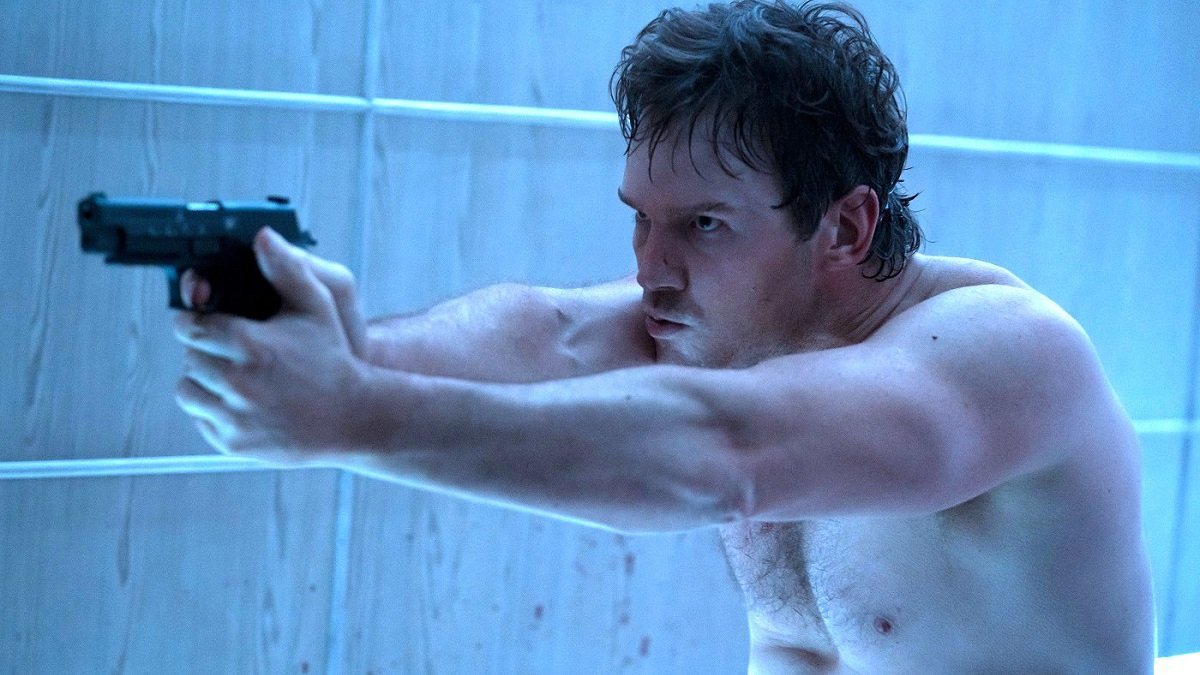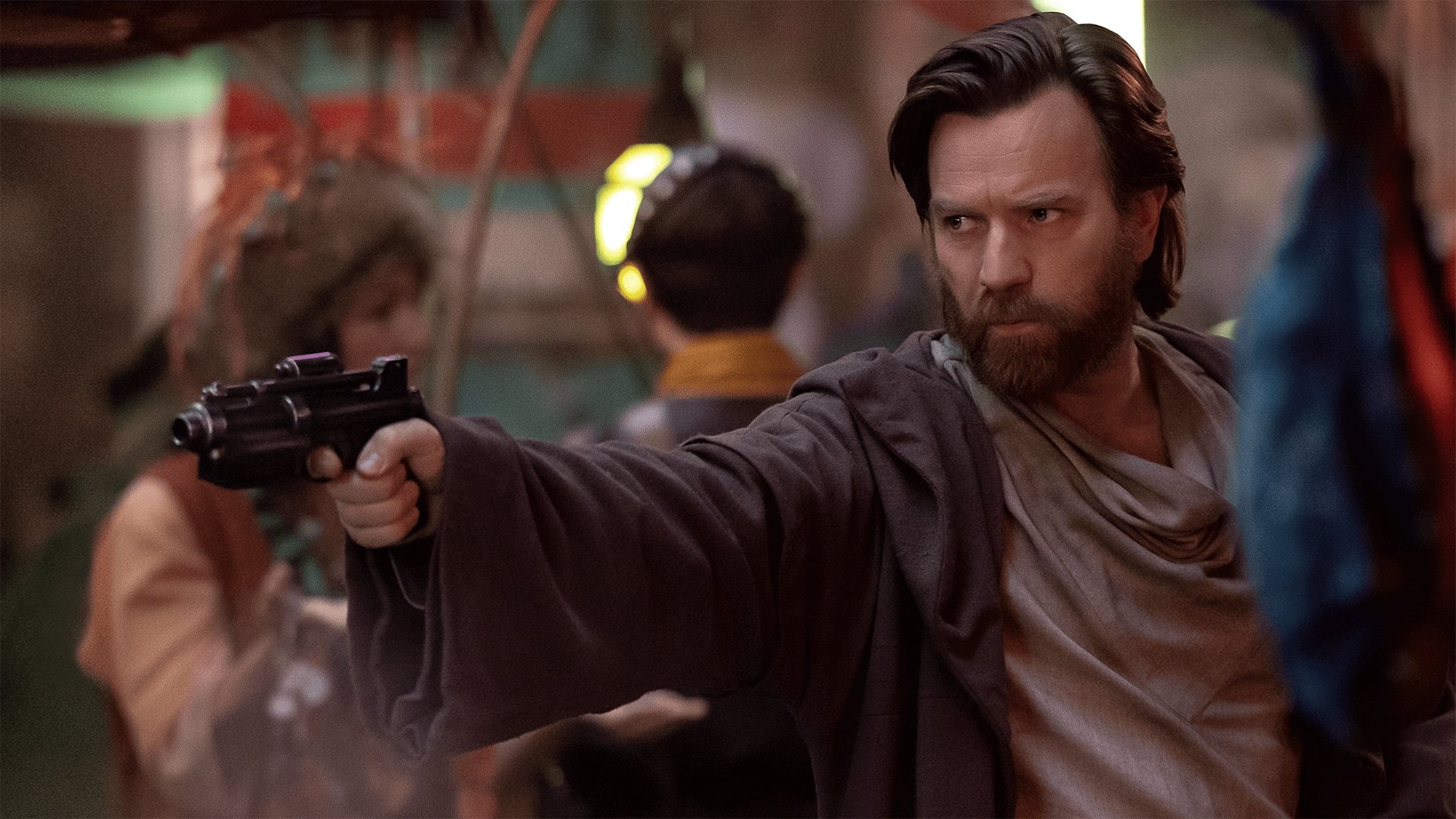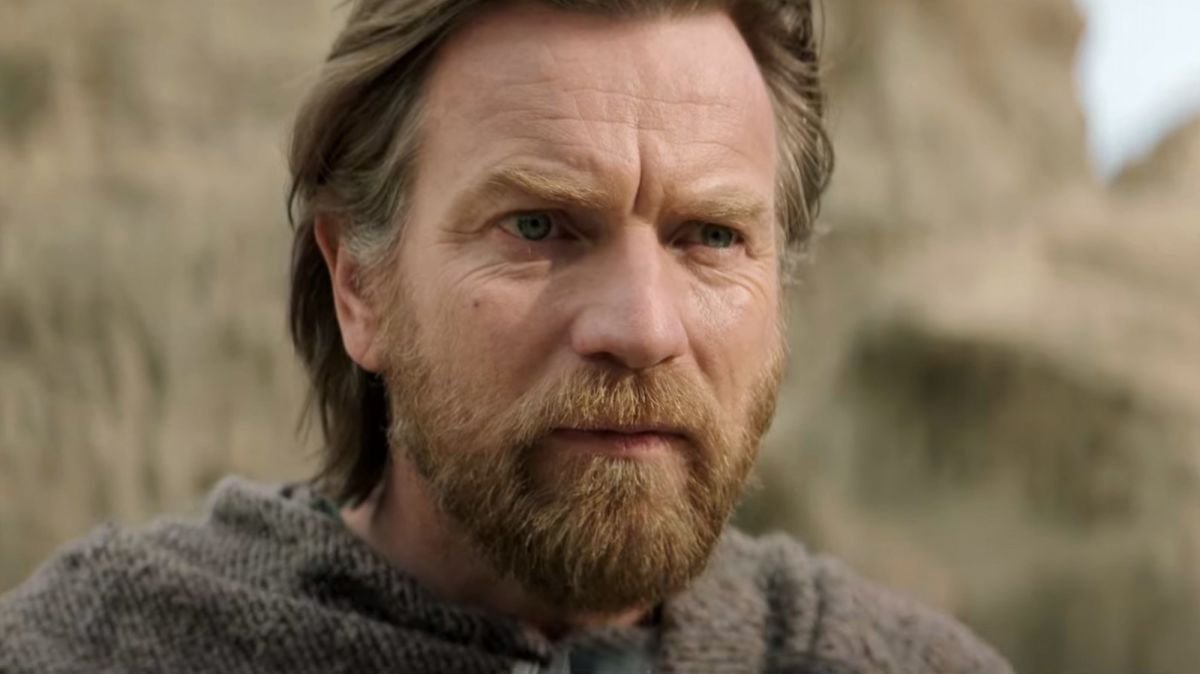It’s strange for me, being someone who uses words for a living and for his hobby (that I hope to turn full time at some point) to be at a loss for them. But that’s where I’ve been since I heard about the passing of Kevin Conroy. Admittedly, I don’t know much about the man himself (his contribution to DC Pride 2022, “Finding Batman” is high on my to be read list, but I don’t have the tears left to read it right now), but I make no exaggeration when I say that he was as strong an influence on me and the man that I’ve become as any other person or piece of media that I’ve experienced. Putting into words what Kevin Conroy means to me will not be easy. But I have to try. I wouldn’t be able to live with myself if I didn’t do my part to share with you this man’s great legacy.
It would be simple for me just to tell you how good Batman: The Animated Series was, how it just might be the best cartoon of all time, and how it’s a piece of media that’s genuinely for all ages. But so many hands went into making that animated giant the pillar of storytelling that it is—writers, animators, directors, everyone on the technical side about which I know very little. I want to just focus on Bruce Wayne and Batman—and Kevin Conroy’s beyond iconic performance in the series and in others, bringing Batman to life in a way that defined the character for multiple decades and for at least one entire generation, if not more.
Kevin Conroy’s Batman was simply the definitive performance. When Christian Bale was cast in the excellent Christopher Nolan Dark Knight trilogy, it wasn’t Michael Keaton I measured him against. It certainly wasn’t Val Kilmer or George Clooney, that’s for sure. And it wasn’t even the great Adam West, either. It was Kevin Conroy. For many people, their childhood was defined by people like the incredible Mr. Rogers or Bob Ross, or Elmo and Big Bird on Sesame Street. And sure, I watched them too (with the exception of Bob Ross, somehow I missed that train), but for me, it was Batman to whom I looked to for moral guidance.
And he did not disappoint. You may think of Batman in terms of the large, spectacular set pieces from the movies or the fantastical villains he often found himself going up against, but it was always the quieter moments of Conroy’s Batman that made the most impact on me.
In the episode “It’s Never Too Late”, Batman deals with a mob war raging in Gotham—a younger, rising mobster wants his elder rival out of the way so he can have his run of Gotham’s streets. And yet, it’s not Batman’s punches that resolve the issue; sure he probably could have descended violently through one of Gotham’s many skylights and beat the mob bosses senseless, but he takes another course of action. He takes the elder mob boss on a tour of his old neighborhood so he can see the destruction his criminal empire has wrought. Drug addiction runs rampant, with the boss’s own son in a rehabilitation facility, suffering from withdrawal. Now, it’s not just that the topics are incredibly mature for what is ostensibly a kids’ show, but what is remarkable is how the show handles it with such delicate empathy. Addicts aren’t shown as degenerate, they aren’t demonized. Conroy’s Batman see them as human beings—victims of a nefarious organization that creates, feeds, and profits from their pain. Though the mobster decides to take things into his own hands at first, he’s ultimately brought back from the brink by an old friend who convinces him to end his criminal career and cooperate with the police. Yes, there’s some punching, but it’s the showing of humanity that wins the day.
Conroy brought some very real world humanity to the character of Batman as well. In the episode “Nothing to Fear”, Batman is dosed with Scarecrow’s fear toxin. And what are his hallucinations about? What are his deepest fears? Not bats, not dying in a fight with Mark Hamill’s Joker; no, nothing like that. It’s bringing shame to his family by doing what he’s doing. This resonated with me deeply. As the first generation born to immigrant parents, you don’t always get to live for yourself. Pressure is put on you, unfairly, to live up to the sacrifices your parents made to give you the life you have. To see Batman, the greatest hero I had ever seen, struggling with those same feelings, fearing that he’s taken what was given to him and wasted it not only weighed heavily on my shoulders, but showed me that I wasn’t alone. I may not have been able to express this or fully understand it as a child but when Bruce Wayne hears his father’s voice telling him that he failed him, I understand that now. I know what that feels like. And if my greatest hero felt these things and found a way to push through, then I knew it was possible. I knew I could do it too.
In one of the most touching episodes, “Appointment in Crime Alley”, Roland Daggett denigrates and terrorizes those living in the aptly named “Crime Alley”, only to have Batman thwart his plans to illegally evict, in Daggett’s words, “the underclass” in the name of progress (and his own profit; Daggett’s role as a foil to both Bruce Wayne and Batman is on full display in this episode). The details aren’t important, but as the episode comes to a close, Conroy’s Batman reassures longtime friend and confidant Leslie Thompkins that no matter how bad things seem at the time, that good people still lived in Crime Alley. His view of Crime Alley’s denizens is completely divorced from their socioeconomic status. How he saw them had nothing to do with their income or poverty, their circumstances, or anything like that. They were human, they deserved respect and dignity, and Batman saw them that way without any judgment—a stark contrast to the unfeeling and villainous Daggett. People are not their salary. They are not their struggles. They are not their small apartment in a rundown building, they are not anything that people like Roland Daggett would use to make them feel like less. Batman saw that. And he taught a generation to see that too.
In “Perchance to Dream”, the Mad Hatter creates a literal dream scenario in which Bruce Wayne’s parents are still alive and he’s engaged to his love Selina Kyle, but partly because he couldn’t envision a world where Bruce Wayne does nothing to right the wrongs he sees in his fair city (and partly because you can’t read in a dream), he’s able to wake up and put a stop to the Hatter’s schemes. In the episode “I Am The Night”, Batman struggles with self doubt again, wondering if he’s actually making a difference. How human is that? The episode ends with his hero, Commissioner Gordon—his surrogate father—telling him how he inspires him, how he makes him want to be a hero, and how you can never stop fighting for good, and Batman is renewed.
And that’s what Kevin Conroy’s Batman did for me. He taught me so much about compassion and empathy, that failure and self doubt are normal, that failing doesn’t meaning you’re a failure as long as you keep trying. That doing right has a cost that is always worth paying and that there are always people worth standing up for. He taught me that if, at the end of the day, you have any strength left to give, that you should do something to help people. As little or as much as you’re capable of giving. Just keep trying. Because trying counts, even if you come up short. This is just a small sample of Kevin Conroy’s excellent performances that had a profound impact on me. There were many more in this series, let alone his performances as Batman in other series as well, like Justice League, that gave so much to those who watched and listened. I will never stop missing Kevin Conroy. I will never stop mourning him. But I will also never forget the lessons I learned from him. And all I can do is thank him for that. I wish I had a chance to do it when he was still alive, but now that he is gone, I can still share it with you. Kevin Conroy was such a formative figure in my life. If you peel back the leaves of my artichoke heart, Kevin Conroy’s Batman is one of the things at the center that still drives me today at my core. It’s his voice that I hear when I’m going through tough times. It’s his voice that helps me still believe that there are good people in the world trying to do good. He is vengeance. He is the night. He is Batman. Always.
